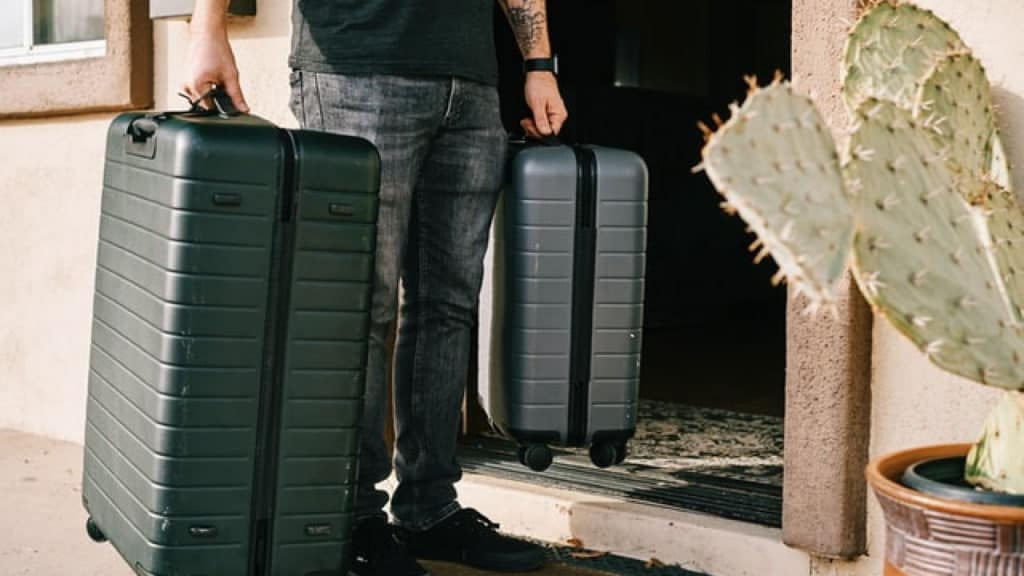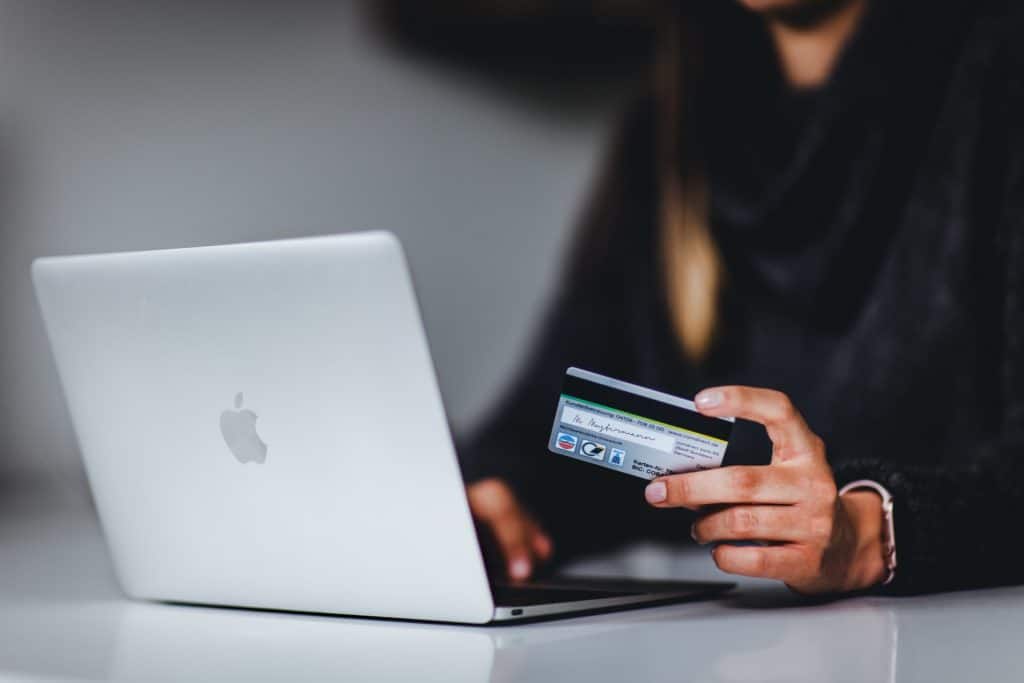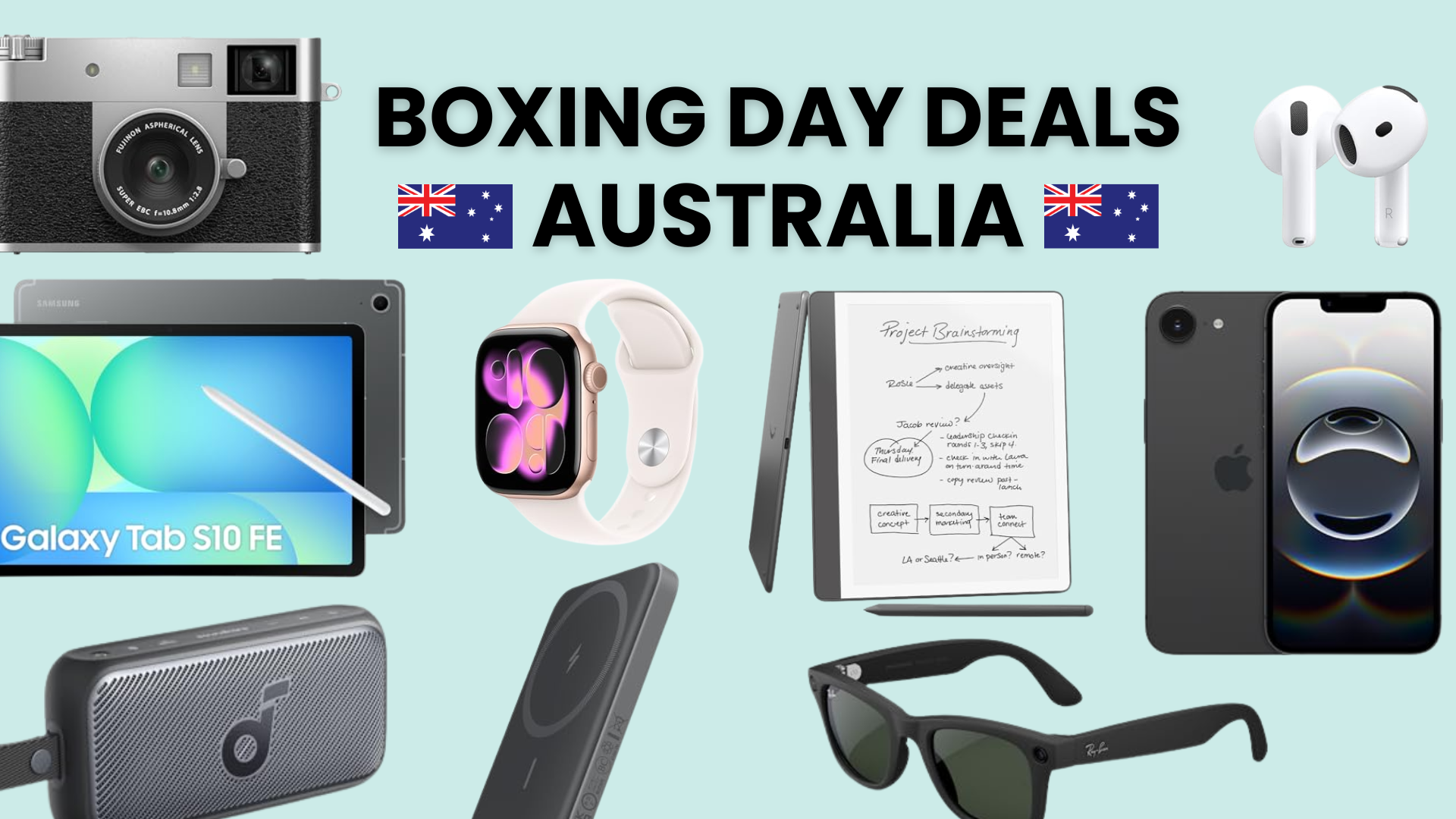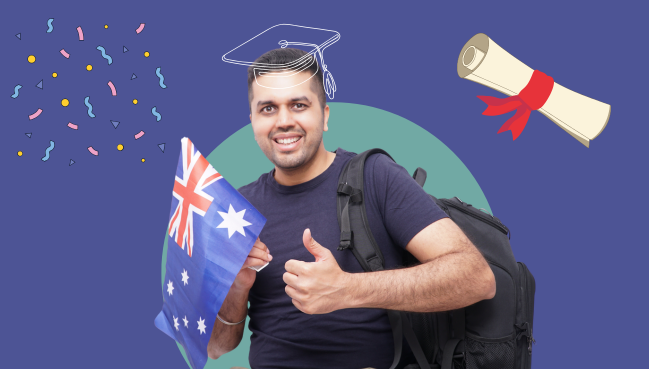Moving to Australia to Study: A Checklist of Everything You Should Do in Your First Week

If you’re moving to Australia to study, it’s a good idea to be prepared for your first week in the country. It’s natural that you’re going to be a little disoriented in a brand-new city not knowing what you need to do or worse, how to do it.
That’s why we’ve put together a student checklist to get you started and organised during your first week in Australia. And whilst you’ve probably organised a lot of your move, like your accommodation and OSHC (Overseas Student Health Cover) before you get on your flight, there are some things you won’t be able to do until you land.
After you’ve gone through immigration and customs at the airport, there will be some things you need to organise, and it’s better to get them done in your first week so you’re ready and settle in before university starts.
Not everything in this guide might apply to you, however we hope it helps if you’re feeling overwhelmed and anxious about moving to study in Australia.
Check into your accommodation
First things first, it’s time to stop carrying your luggage around!
If you’re not staying with family or friends then ideally, you’ll have booked your accommodation prior to landing in Australia, so all you need to do is check into your new home.
If you’ve booked privately, you’ll likely have been in contact with your student accommodation provider who will know when you’re arriving. So all you need to do is turn up with a form of identification (ideally your passport) to check in and be shown to your new room.
Tip: It’s a good idea to have the address of your accommodation written down in case you don’t have any phone signal or cannot remember its exact location. You can then give it to your driver or transport officer in case you get lost.
Haven’t booked your student accommodation?
If you haven’t booked your accommodation prior to entering Australia, it’s often easy to find a hotel or hostel for a few days. Or you can contact private student accommodation providers, like The Switch, who take short term bookings. You can then easily extend your stay if they have a room available.

Ensure your visa details are correct (VEVO)
A lot of students who have just arrived in Australia feel anxious about their student visa and its validity. But with the Government app VEVO, you don’t need to worry.
Once you get through immigration and customs, simply download the VEVO app on your phone. It’ll ask you for your visa grant number and once entered will let you know that you’ve activated your student visa and are onshore.
Ticking this off your student checklist isn’t a must, but it definitely provides peace of mind for a lot of international students!
Purchase a transport card
One of the most important things to do in your first week in Australia is to get yourself a transport card so you can use public transport with ease.
In Australia, each city has a different system, so which card you get depends on where you live and study. Take a look below to find out which card you need and where to top yours up:
Sydney
If you’re moving to Australia to study in Sydney, and you wish to use public transport, you’ll need to get an Opal card. You’ll find these at local newsagents or Woolworths supermarkets and can top up there and then.
Once you’ve got your card, you can also download the Opal app which can be used to top up your card, plan your trips and track any transport cancellations.
Although in Sydney you can also tap on and off with your bank card using paywave, a lot of Sydneysiders still use their Opal card to track their travel and get perks such as the $50 weekly cap and student prices.
Perth
In Perth, you’ll be looking out for a SmartRider card. Using much the same concept, you need a SmartRider card to ‘tag’ on and off when you use trains, buses and other public transport.
To get a SmartRider card, simply visit a Transperth Infocentre or most small Newsagents. Here you can get your card and top up.
Much the same as in Sydney, you can top up online or at the machines located at most stops.
Adelaide
In Adelaide, you’ll travel on public transport using a metroCARD. Alternatively you can also use your debit or credit card to tap on and off the city’s trams.
You can purchase and top up your card online or through retailers located around the city.
Melbourne
Any ideas of the name of Melbourne’s transport card?
It’s myki.
With your myki card, you’ll be able to travel on Melbourne’s trams, buses and trains using either your physical or digital card. If you want to buy a physical myki card, you can do so at all 7-Eleven stores or some station ticket offices. But really, the best way to start hopping on and off public transport is getting a digital card using your phone.
Tip: Follow the relevant pages to find out if you’re eligible for a student card in your city. This will make your trips on public transport around Australia cheaper. Score!

Set up your bank account (or pick up your bank card)
Depending on what bank you’ve chosen to set up your account with, you may have already set up your bank account whilst outside Australia. In which case, all you’ll need to do in your first week is pick it up from your nominated bank.
If you aren’t quite that organised, it’s likely that you’ll have to set up your bank account in your first week in Australia.
Your first decision is which bank to go with. Lots of people go with Australia’s big banks such as ANZ, Commonwealth or Westpac, however there are many options, so do your research and pick the one that fits your situation best. Believe it or not, there’s also a great selection of ethical banks if you’re keen on keeping your money a little cleaner.
In the meantime, make sure you bring some cash or an international credit card with you until you receive your new one.
What do I need to set up a bank account?
- 70 points worth of identification. This usually consists of your birth certificate, passport, another card with your name on it and your driver’s licence if you have one. However it’s best to check with your bank.
- Your postal address
- Tax File Number (if you’ve got one – if not, read on!)
Set up your phone
This might be of high priority if your phone provider doesn’t allow international roaming. Whilst there’s a lot of free wifi on offer at the airport and across Australia, buying a new sim card for use in Australia is a must do when you land.
There are so many options when it comes to mobile providers, but Telstra and Optus are two of the most popular that allow for the most coverage across Australia.
The most important things to explore when searching for a new phone plan are:
- Choosing a pre-paid vs post-paid plan
- Which provider to choose
- Price
- Inclusions (data, calls, texts)
Purchasing a sim card is the easy bit. You can either order your sim card online, head to a local phone store or pop into your local Coles, Woolworths, Officeworks or Post Office branch to pick one up. You’ll then be able to follow the instructions to activate and top up monthly.
Apply for a Tax File Number
What’s a TFN?
A TFN, or Tax File Number, is a number you legally need to work in Australia. So if you’re looking to work part-time whilst on your student visa, you’ll need to apply before you can get a job and get paid.
Your TFN helps the Australian Government determine how much you should be taxed. If you’re on a student visa you’ll pay an average of 15.5% tax on your earnings which you’ll see when you do your tax return, however this is subject to change.
Setting it up is easy. Simply visit the ATO website and fill out the form. Your TFN will then be sent via post to you and should arrive within a week or two.

Get ready for O Week
Once all the admin is out of the way, it’s time to prepare for what you came for! It’s likely that you’ll have received communication from your university regarding Orientation Day and the rest of the activities happening during ‘O Week’. A week of markets, parties, games, tours and activities that occur the week before university officially starts.
This is a great way to meet people on your course, make new friends and get to know your campus and city before you start the semester.
Make sure you know when orientation day is, you’ve signed up for activities you want to take part in, research university societies you’d like to be a part of and organise your timetable for the week. This way, you won’t be overwhelmed when you’re being pulled in all directions!
Decorate your room
This is the fun bit! During your first week, make yourself feel at home by decorating your room to make it a little more ‘you’.
Before you leave, print some photos out, collect some keepsakes or your favourite pieces from your own bedroom to bring along. By decorating your room, it’ll feel cosy from the moment you move in.
Stuck for decoration ideas? Head to your local Kmart or Target for cheap homewares that fit perfectly with any student’s budget.
Explore your new home
Aaaand breathe. All the hard stuff is done. All you need to do now is get out there and explore all that your new city has to offer!
Take public transport, hire a bike or simply get your walking shoes on and take a look around at where you’ll be sipping coffee before your 9am lecture, where you’ll be hanging out with your new friends, your route to university and places you’d love to explore in the coming months.
By getting to know your surroundings, your next few weeks in Australia will be much easier and you’ll feel much more at home.


